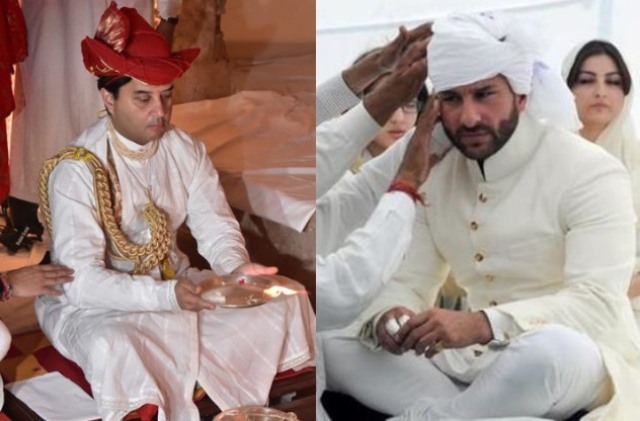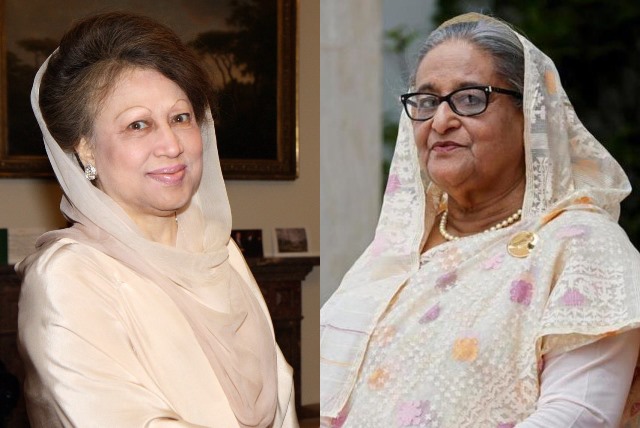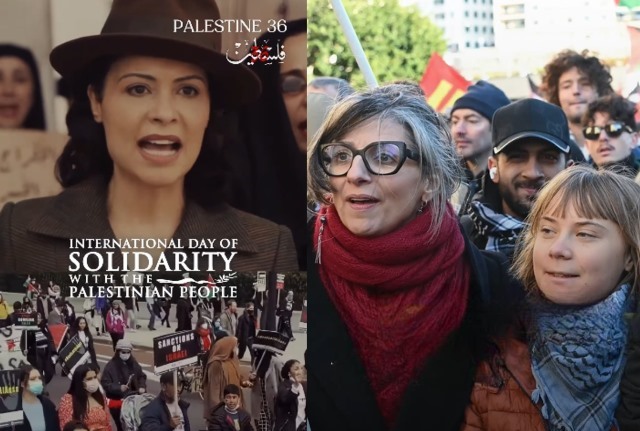
Maharaj Is Dead, Long Live Maharaj
The title Maharaja is one of the most evocative symbols of India’s princely past. It carried both political and cultural weight for over two millennia, if not more. Found in early Sanskrit inscriptions and royal charters around the 4th century BC in the Indo-Gangetic plains, it spread beyond, old records say.
Its meaning has evolved from ancient sovereigns to the present-day ceremonial aristocrats after Independence.
On September 3, 1970, the Indian Parliament made history. It voted to end the kingship, by which the Subcontinent was governed. The territory of 560-odd princely states had already merged. Now, the privy purses (annual monetary compensation), titles and privileges ended in a democratic India that was aspiring to be socialist.
Not senior enough to report parliamentary proceedings, this rookie reporter watched from the Visitors’ Gallery. One of the Parliament’s most scintillating debates pitted, among others, Maharaja Karni Singh of Bikaner, whose family was the first to join the Indian Union, against Maharaja Karan Singh, the youngest minister in the Indira Gandhi Government, whose Jammu & Kashmir had acceded at the much-troubled eleventh hour.
While the former argued that denying the privy purses and privileges was “a diversionary tactic” by the government, the latter appealed to a ‘young’ India to “seize the move of destiny”, where kingship had become redundant.
The government argued that the purses and privileges guaranteed by Articles 291 and 362 of the Constitution were not under any covenant but were part of “a political settlement” needed to integrate the nation. Its move was driven by the principle of equality and the need to dismantle feudal systems.
Although the princes saw it coming, they put up a determined fight. Their era ended, but gingerly. They and their right-of-centre supporters lost by just nine votes. Thus, the 26th Constitutional Amendment Act of 1971 was enacted.
Looking back, this was a parliamentary vote when elsewhere in the world, monarchs were being deposed, if not killed. In some countries, tinpot dictators in uniform were grabbing power.
Belied were fears of those who predicted that an independent, but poverty-stricken India would collapse under the weight of hostile kings and diverse kingdoms. The naysayers included the British, who had allowed the princes to decide whether to join India, Pakistan, or stay independent.
All this is being recalled because on October 6, the Rajasthan High Court directed the descendants of the former Jaipur royal family to remove ‘Maharaj’ and ‘Princes’ prefixes from their ongoing legal petitions. Justice Mahendra Kumar Goyal warned that non-compliance would lead to the dismissal of their cases.
An earlier bench of the same court had notified the Union Government in 2022, but no decision appears to have been taken on whether to discontinue the usage of these prefixes.
Times have changed. But have they, really? Five decades hence, a new class of ‘commoners’, including administrators and entrepreneurs, wields more power than a Maharaja of yore. Many ride private jets and fleets of cars and own land that in the bygone ‘socialist’ era would have been either impossible or under scrutiny. Above them all is a large political class that lives on the taxpayers’ money.
ALSO READ: Reckless Remarks Against Rajput King Politically Motivated
Add to them the religious ‘Maharajs’ who own vast and wealthy ashrams and wield political influence. They are the spiritual cynosures of tradition-bound God-fearing people and go scot free if the devotees at their congregations get killed in a stampede. Unquestioning media describe them as ‘sage’, ‘seer’, ‘guru’, ‘baba’ and more. The violation of the law and even a court conviction does not take away their exalted status.
The new century’s list of the privileged is actually long. But let the focus remain on those who lost out in the last one. The Maharajas and Nawabs have adopted divergent paths from power to prestige. They may or may not complain, but most are better off without the liability of having to mind the ‘praja’, their subjects.
Since they are either Hindu or Muslim, it is easier to take a larger view. Hindu Maharaja families, often heading long-entrenched dynasties with strong regional bases, have turned their economic capital to their advantage. Many of them invested in enterprises and converted their palaces into heritage hotels.
Their former subjects still reverential, many switched their benign feudal power to a democratic one in elections. This gave rise to royal political dynasties – Scindias, Singh Deos of Odisha, Gajapatis of Vizianagaram, Wodeyars of Mysore, Jaipur, Jodhpur, Dungarpur, Bharatpur, Bikaner and many more from Rajasthan. The present-day Gujarat elected Jadejas, Gaikwads, just as Maharashtra did to the erstwhile families of Satara. Punjab has had a mix of parliamentarians and sportsmen. Some have been outstanding parliamentarians.
The “ghani khamma” greeting spreads to Himachal and the distant Cooch-Bihar and Tripura as well. With years passing, their number, however, has dwindled. The voter has turned less reverent and more demanding. Only the Scindias remain prominent, straddling both Madhya Pradesh and Rajasthan.
This is basically the North. In the South, the Weezies and Wodeyars in the legislature remain unique. The Travancore family has kept away from politics, but is deeply engaged in temples and cultural life.
The Muslim royalties have followed more varied and often subdued trajectories. Historically linked to Islamic culture and Partition politics, some—like Hyderabad and Rampur—focused on religious and cultural leadership, preserving mosques, libraries and Urdu traditions. Political engagement was mostly local. Wealthy families faced urban property disputes; Junagadh’s lineage lived in exile after its Nawab fled to Pakistan. Nizams of Hyderabad, once among the world’s richest, have kept away from politics, even as the institutions of education and science they nurtured over centuries have thrived.
Pataudis are an exception, straddling ties in maternal Bhopal and in Pataudi in Haryana. Two generations excelled in Cricket, while cinema has beckoned the current lot.
There, indeed, are coronations and traditional royal duties. But they remain in the private realm, filtered down to the public via the media.
In short, the erstwhile Maharajas have leveraged tourism, politics, and ceremony, while Nawabs emphasised culture, religion, and selective modern niches. Their paths were shaped by their historical context—territorial strength, Partition, and economic base. Although stripped of legal power, both remain enduring symbols of India’s layered princely legacy.



